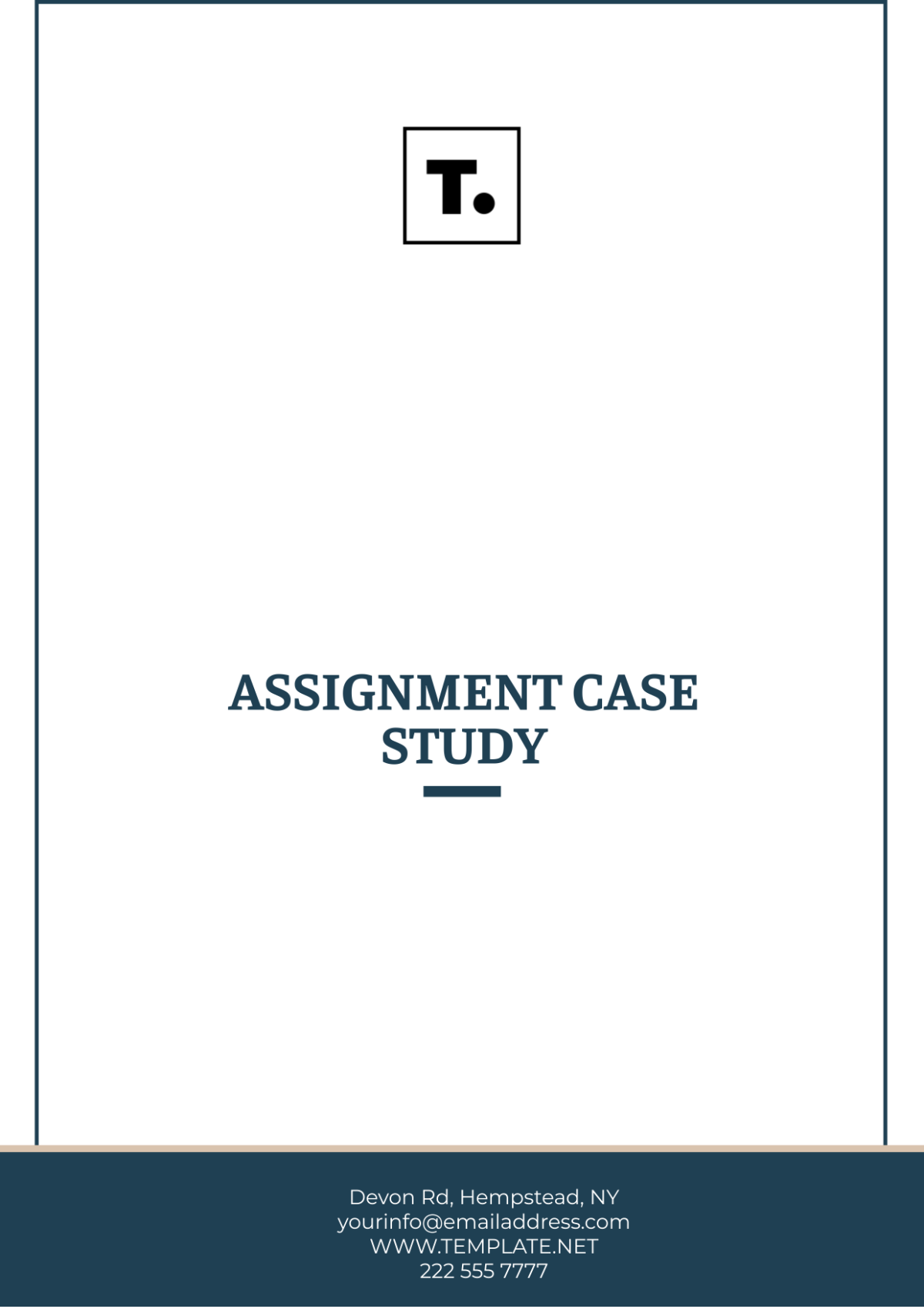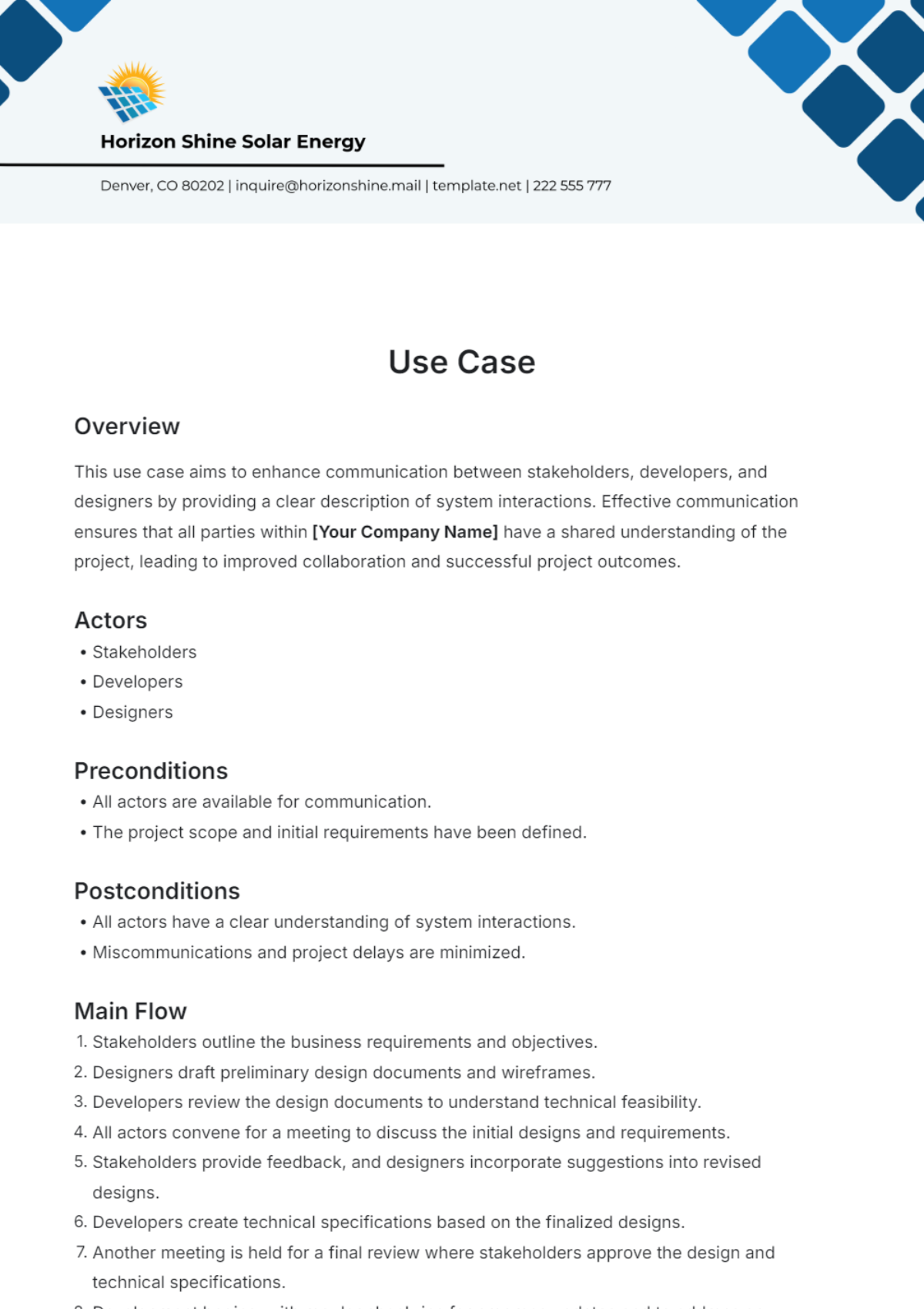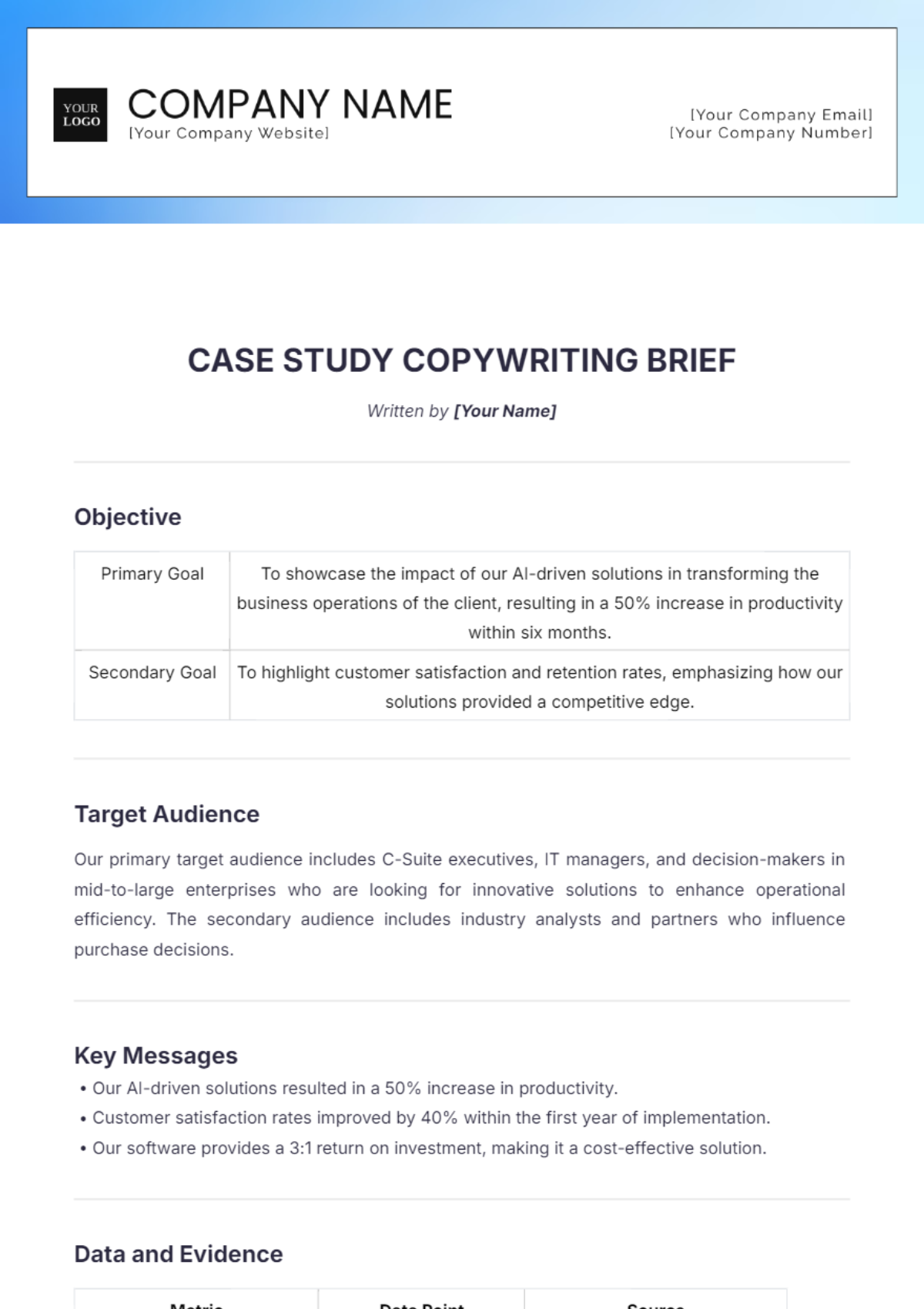Case Study Methodology
Written By: [Your Name]
I. Introduction
The case study methodology is a comprehensive research approach used to investigate a single instance or event in detail. This could involve an organization, a group, an individual, or a community. The primary goal is to gain in-depth insights into the subject, allowing for a nuanced understanding of complex issues.
II. Research Design
Case Selection
Choosing the right case is fundamental to the success of the study. Cases should be selected based on their relevance, uniqueness, or potential to provide valuable insights:
Representative Case: Chosen because it reflects common characteristics of the phenomenon under study, making it a typical example of the broader issue.
Extreme or Unique Case: Provides insights into unusual or atypical instances that may challenge or expand existing theories or frameworks.
Critical Case: Essential for testing a theory or hypothesis; a case where the outcomes are expected to be crucial in validating theoretical propositions.
Revelatory Case: Uncovers phenomena or insights that were previously inaccessible or unknown, thus offering new perspectives on the subject.
Data Collection Methods
Using multiple data collection methods helps ensure the comprehensiveness and reliability of the study:
Interviews: Conduct detailed, semi-structured, or structured interviews to gather in-depth qualitative data. Prepare interview guides with open-ended questions to explore participants’ perspectives.
Observations: Observe the subject in its natural environment to collect real-time, contextual data. Use both participant and non-participant observation techniques as appropriate.
Document Analysis: Analyze existing documents such as reports, records, and archival materials to gain background information and contextual insights.
Surveys: Distribute questionnaires to collect quantitative data, enabling the identification of trends and patterns. Ensure that surveys are designed to capture relevant variables effectively.
Data Sources
To enhance the study's validity and reliability, data should be collected from diverse sources:
Primary Sources: Direct data obtained from the fieldwork, such as interviews, observations, and surveys.
Secondary Sources: Indirect data including published studies, historical records, and previously collected data that provide context or supplementary information.
III. Data Collection Process
Pre-collection Preparations
Before starting data collection, ensure thorough preparation:
Develop a Case Study Protocol: Create a detailed plan outlining objectives, methods, data collection procedures, and ethical considerations. This protocol guides the research and ensures consistency.
Secure Ethical Approvals: Obtain approval from an ethics review board or institutional review board (IRB) to ensure the study adheres to ethical standards, including participant consent and confidentiality.
Prepare Data Collection Instruments: Design and pilot-test tools like interview guides and survey questionnaires to ensure they are effective and reliable.
Fieldwork
Implement the data collection plan with attention to flexibility and adaptability:
Conduct Interviews: Schedule and conduct interviews according to the protocol, ensuring that they are recorded (with consent) and transcribed for analysis.
Carry Out Observations: Observe and document behaviors, interactions, and settings in detail, noting any significant events or changes.
Administer Surveys: Distribute surveys and follow up to maximize response rates, ensuring that responses are collected and organized systematically.
Collect Documents: Gather relevant documents, ensuring they are organized and stored securely for subsequent analysis.
Data Recording
Maintain comprehensive and accurate records of the collected data:
Audio/Video Recording: Use recording devices to capture interviews and observations, ensuring high-quality recordings for transcription and analysis.
Detailed Field Notes: Take thorough notes during fieldwork, documenting observations, reflections, and any issues encountered.
Diary Entries: Keep a research diary to track the progress of the study, note personal reflections, and record any emerging ideas or challenges.
IV. Data Analysis
Data Organization
Prepare the data for analysis by organizing it systematically:
Transcribe Interviews: Convert audio recordings of interviews into written text for detailed analysis.
Catalog Documents: Organize documents into categories based on relevance and content for easy retrieval and review.
Code Observations: Apply coding techniques to categorize and summarize observational data, identifying key themes and patterns.
Data Examination
Analyze the data using suitable methods to derive meaningful insights:
Thematic Analysis (Qualitative): Identify and interpret themes and patterns within qualitative data. Use coding and categorization to organize data and extract key themes.
Statistical Analysis (Quantitative): Apply statistical techniques to analyze quantitative data, including descriptive statistics, inferential statistics, and correlation analysis to identify trends and relationships.
Contextual Analysis: Consider the broader context in which the data was collected to enhance understanding and interpretation of the findings.
Data Interpretation
Interpret the analyzed data to answer the research questions and draw conclusions:
Cross-case Synthesis: Compare and contrast findings across multiple cases to identify common themes, differences, and generalizable insights.
Pattern Matching: Align data patterns with theoretical expectations or hypotheses to validate or challenge existing theories.
Explanation Building: Develop comprehensive explanations based on the data, integrating findings into a coherent narrative that addresses the research questions.
V. Validation of Findings
Ensure the credibility and accuracy of the findings through various validation techniques:
Triangulation: Employ multiple data sources, methods, and investigators to cross-verify results and enhance validity.
Data Source Triangulation: Use data from different sources to corroborate findings.
Methodological Triangulation: Combine qualitative and quantitative methods to validate results.
Investigator Triangulation: Involve multiple researchers to reduce individual bias and increase reliability.
Theoretical Triangulation: Apply different theoretical perspectives to interpret the data and strengthen findings.
Member Checking: Return to study participants to review and confirm the accuracy of the findings and interpretations, ensuring their perspectives are accurately represented.
Peer Review: Engage with other researchers or experts to critique and review the study's methodology and findings, enhancing the study’s credibility.
VI. Reporting the Case Study
Structure of the Report
Present the case study findings in a structured and clear format:
Introduction: Provide background information, the purpose of the case study, and the research questions or objectives.
Methodology: Detail the research design, case selection criteria, data collection methods, and analysis procedures.
Findings: Summarize the key results and insights obtained from the study, highlighting significant data and patterns.
Discussion: Interpret the findings about the research questions, theoretical framework, and existing literature, discussing implications and significance.
Conclusion: Draw conclusions based on the findings, summarizing the main insights and their relevance to the field.
Recommendations: Offer practical suggestions or areas for further research based on the study’s findings.
Writing Style
Ensure that the report is clear, concise, and accessible:
Use of Visual Aids: Incorporate tables, figures, and charts to effectively illustrate data and findings, aiding in the reader's understanding.
VII. Conclusion
The case study methodology is a versatile and rigorous approach to research, providing a detailed and contextualized understanding of complex issues. By following a systematic and thorough process, researchers can produce reliable and insightful outcomes that contribute meaningfully to their field of study.

















































